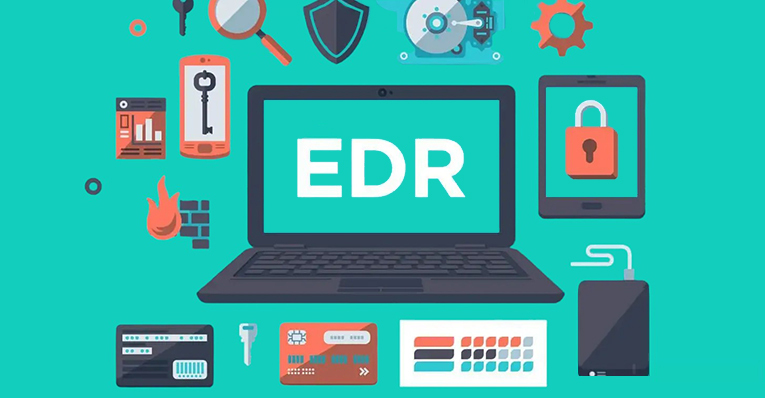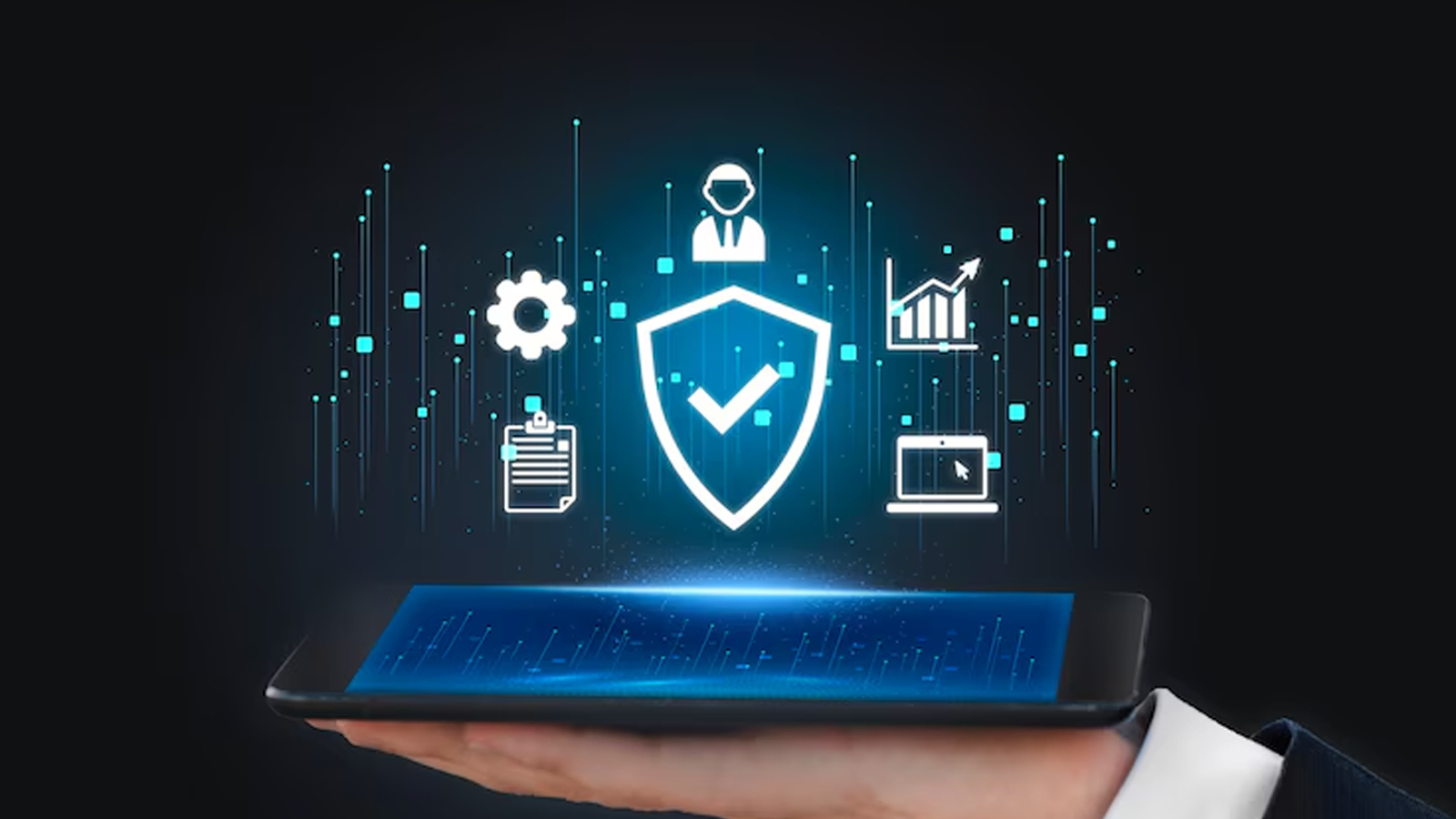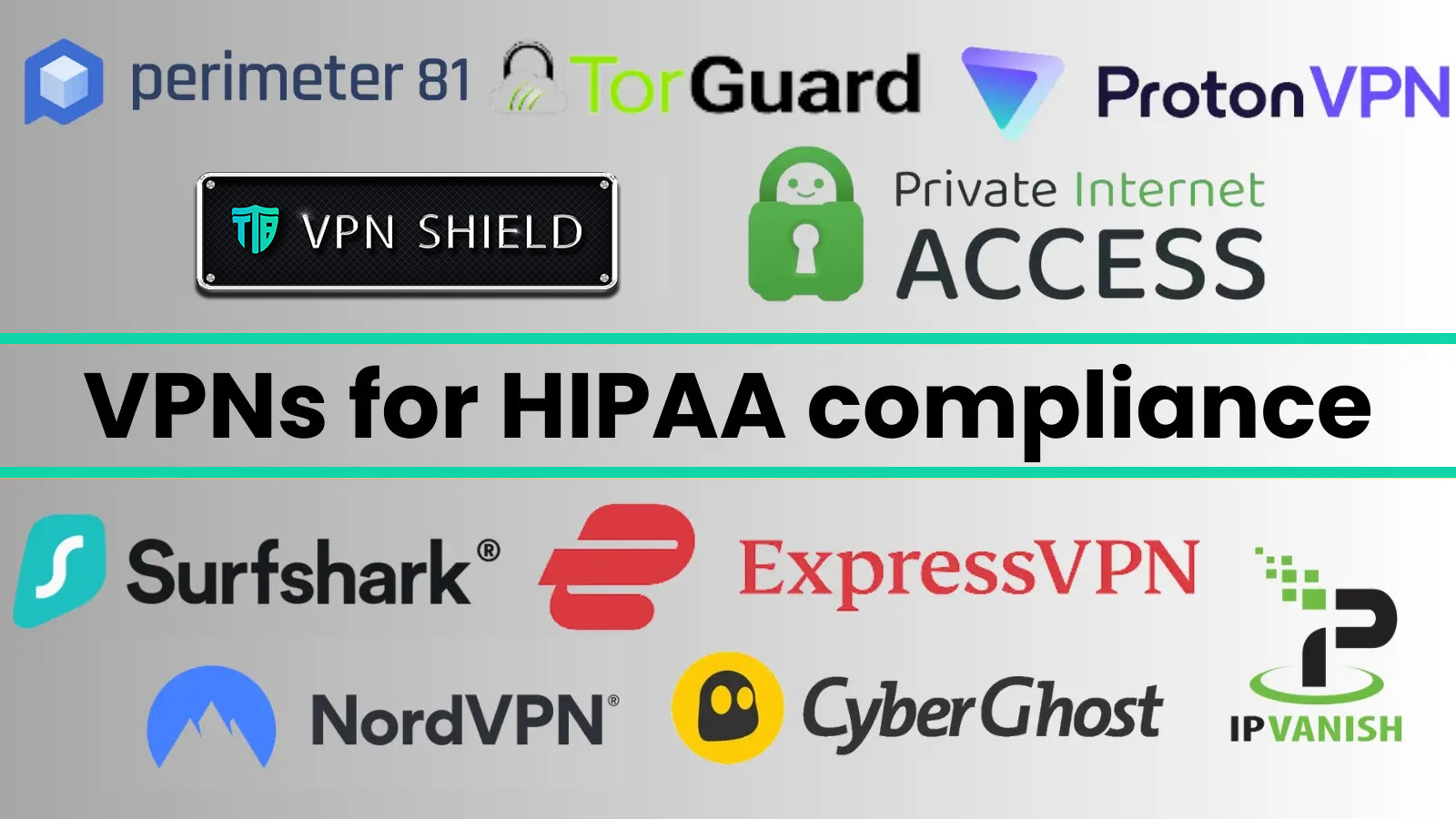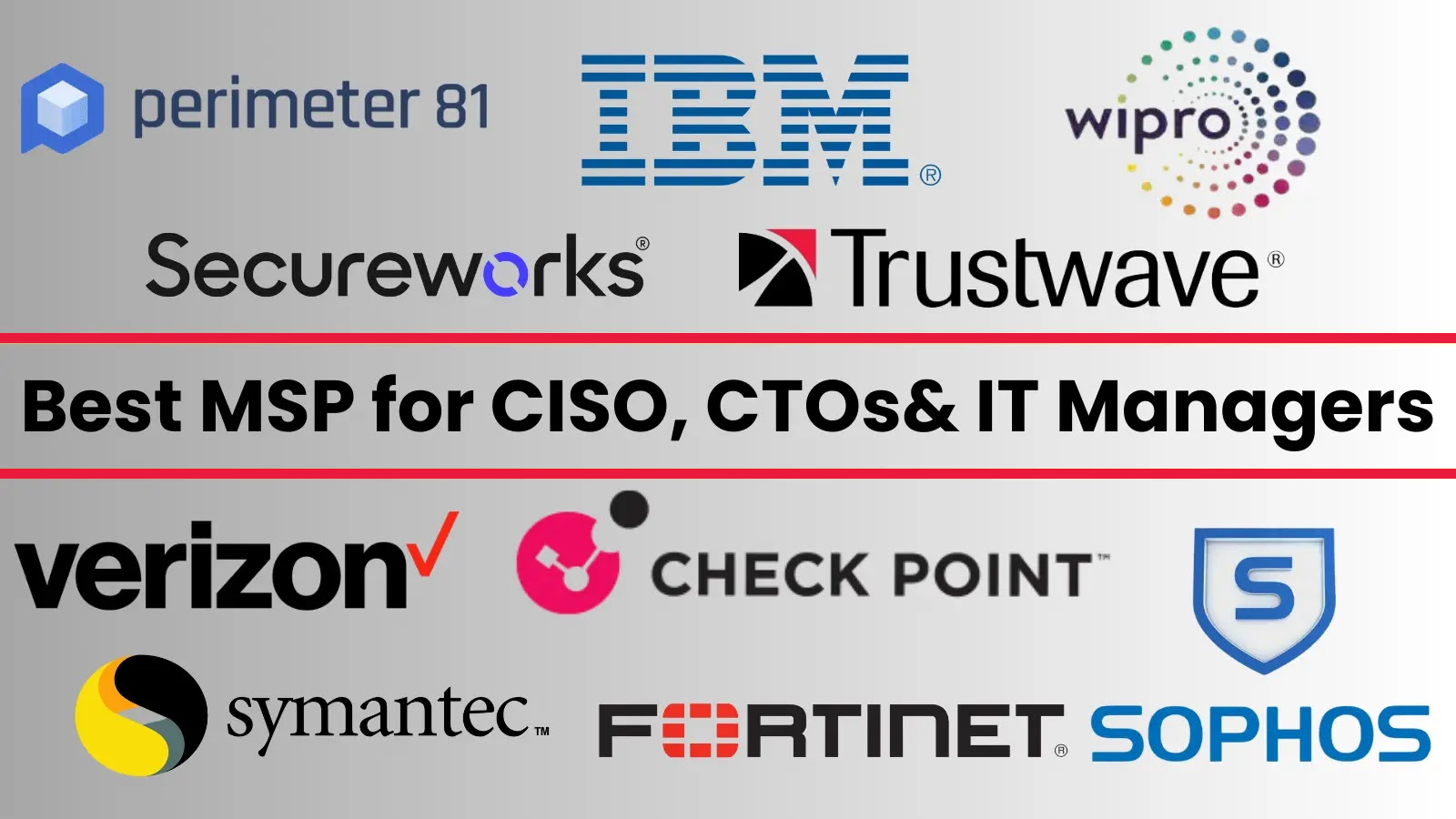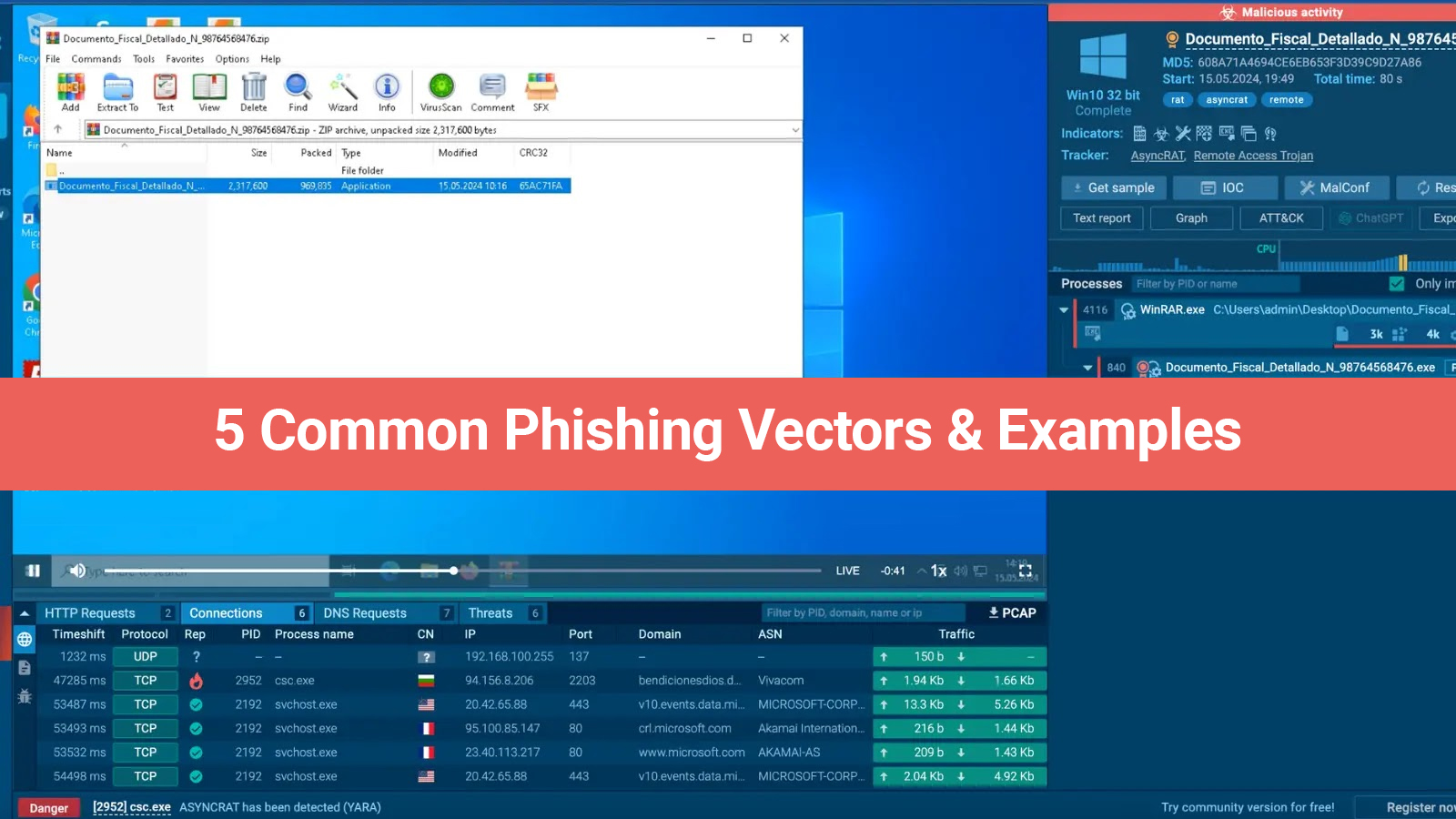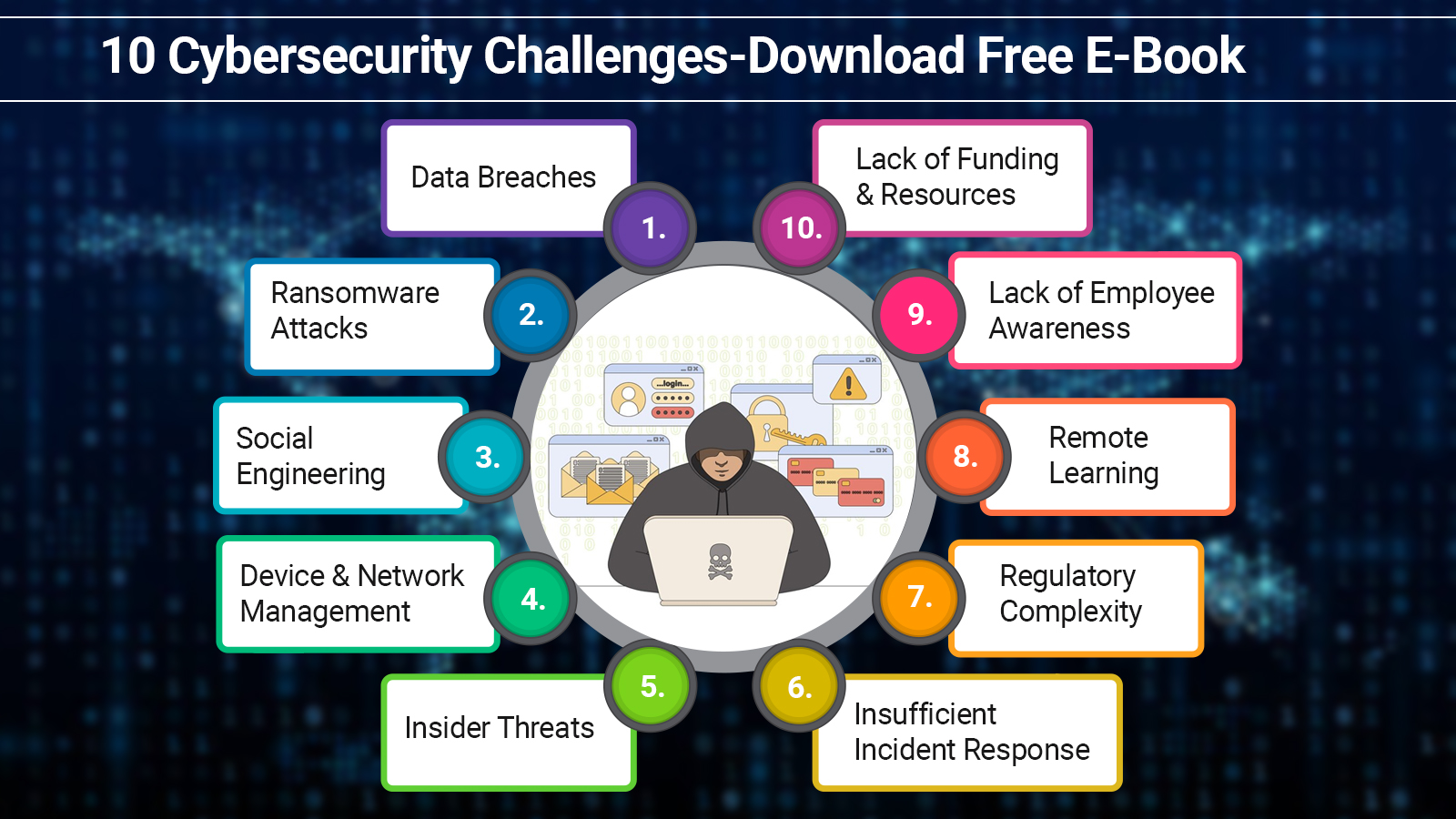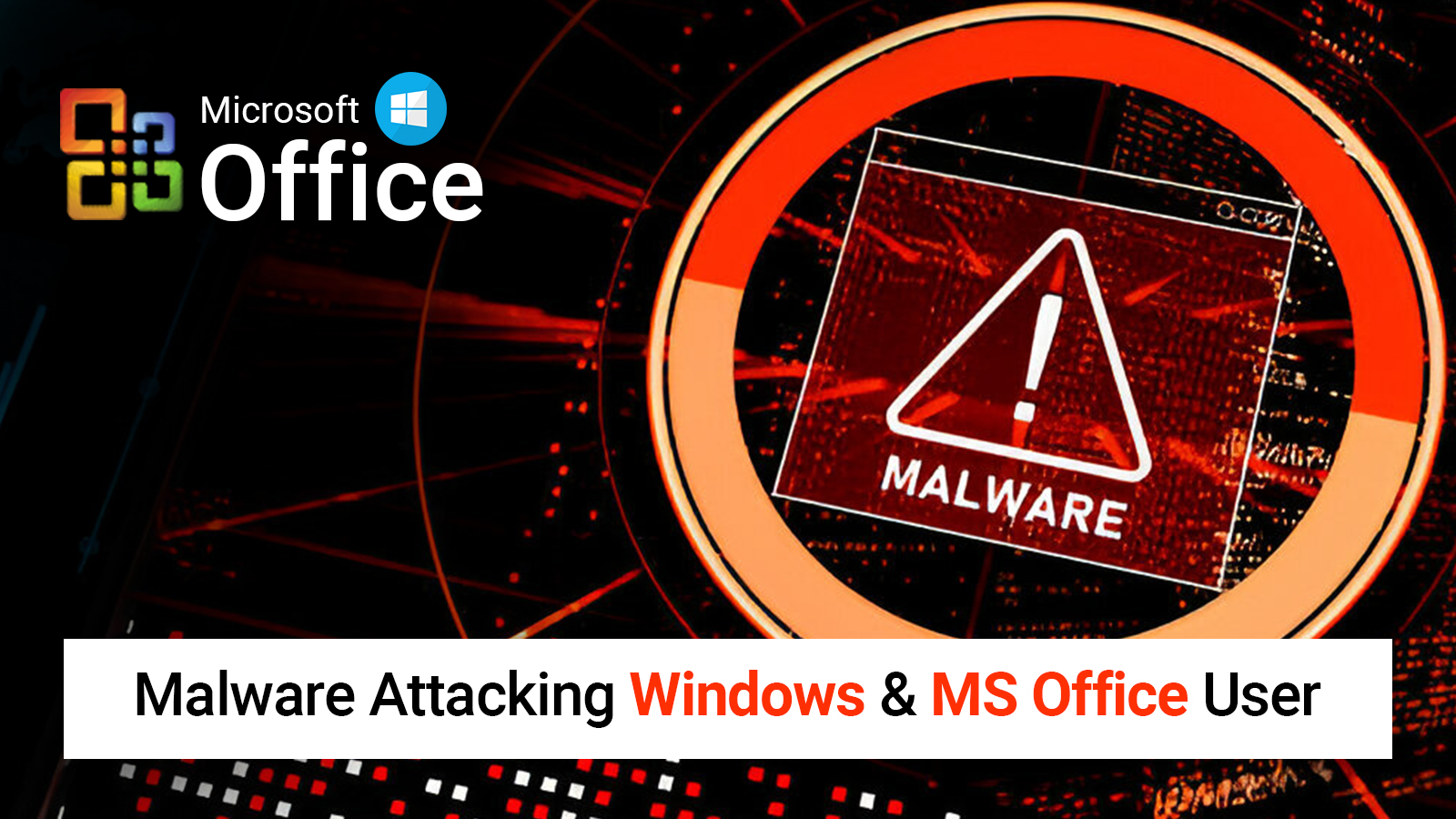An endpoint security system called Endpoint Detection and Response (EDR), also known as Endpoint Detection and Threat Response (EDTR) continuously monitors end-user devices to identify and address cyber threats such as malware and ransomware.
“Records & stores endpoint-system-level behaviors, uses various data analytics techniques to detect suspicious system behavior, provides contextual information, blocks malicious activity, and provides remediation suggestions to restore affected systems” is how Gartner’s Anton Chuvakin defined EDR as a solution.
Working Mechanism of Endpoint Detection & Response (EDR)
To find suspicious activity, EDR examines events from servers, laptops, desktops, smartphones, IoT devices, and even cloud computing. They produce alerts to assist security operations analysts in identifying & resolving problems. EDR may supplement the telemetry data they gather on suspicious activity with additional contextual information from related occurrences. As a result, EDR helps incident response teams respond more quickly and, ideally, get rid of risks before they cause harm.
To support forensic investigations that needed extremely precise endpoint telemetry to analyze malware & pinpoint exactly what a Hacker performed on a compromised system, EDR initially arose in 2013. Over time, it changed to include more features, and these days, it usually has antivirus or endpoint security built in.
Key Capabilities of Endpoint Detection & Response (EDR)
Here are some key capabilities you should know about while using Endpoint Detection and Response software.
1. Real-Time Threat Detection
An EDR solution's fundamental function is threat detection. The question is not whether an advanced threat will hit, but rather when. You need to be able to recognize the threat as soon as it enters your environment to assess, neutralize, and limit it. Dealing with sophisticated malware that can be incredibly covert and capable of changing from a benign to a harmful state after passing through the point of entry makes this a difficult assignment.
EDR might identify problematic files at an initial indication of malicious activity, thanks to continuous file analysis. When a trusted file starts to show signs of ransomware activity, EDR will identify it. It will then initiate the review and analysis process, and notify your business to take appropriate action.
2. Containment
When a malicious file is found, EDR is required to neutralize the danger. The malicious files’ goal is to infect as many users, apps, and processes as they can. Within your data center, segmentation can be a strong defense against complex threats. Even if segmentation is useful, before evaluating the boundaries of the network's divided zones, a strong EDR solution can identify a malicious file.
One excellent illustration of the necessity to contain dangers is ransomware which can be difficult to remove. To minimize damage, your EDR tool must be able to confine the ransomware once it has encrypted data completely. EDR offers an extra layer of control & security by isolating infected endpoints to stop additional encryption over the network.
3. Investigation
After identifying & containing the malicious file, EDR looks into the incident. There’s a vulnerability if the film manages to overcome the security measures on the first attempt. This advanced threat may be the first wave for the threat intelligence team. Perhaps an application or device has to be updated because it is out of date.
Without sufficient investigation tools, your network won't be able to determine how a threat has entered. This means that these dangers and problems will probably enter your network again. The kind of per-incident assessment that EDR security offers is necessary to identify these problems and stop them from exploiting your system in the future.
4. Elimination
The capacity of an EDR to eradicate the threat ought to be its most evident feature. While identifying, containing, and looking into a threat is a fine place to start, you will just be left with the knowledge that your system is compromised if you are unable to remove it. EDR requires extraordinary visibility to address the following questions to properly eliminate threats:
- From where did the file come?
- With what other kinds of information and programs did this file communicate?
- Is the file a copy?
Visibility is essential to fix this issue. It is essential to view a file's complete timeline. It's not as simple as just deleting the file you just saw. You might need to fix certain network components when you remove the file. Due to this, the EDR ought to offer useful information on the file's lifetime. EDR’s Retrospective capabilities should be utilized to automatically restore systems to their pre-infection state using this actionable data.
5. A Single, Lightweight, and Optional Managed Agent
For endpoint threat protection and EDR, use a single, end-to-end agent rather than installing cumbersome agents that continuously monitor your endpoints for attack signatures. To provide round-the-clock monitoring, threat hunting, and triage, EDR ought to include MDR along with managed threat hunting. Managed detection & response partners can offer MDR services.
Importance of Endpoint Detection and Response (EDR)
By now, all businesses ought to be aware that, no matter how complex your defenses are, enemies will eventually find a way to bypass them. Therefore, here are some reasons for why your endpoint security plan should include an EDR system.
1. Prevention Can’t Ensure 100% Protection
Your company's existing endpoint security solution may leave you in the dark when prevention fails. Hackers use this as an opportunity to stay silent and spread across your network.
2. Adversaries Can Be Inside Your Network for Weeks and Return at Will
Hackers can roam anywhere in your network due to silent failure, and they create back doors that let them come back whenever they need to. Most of the time, a third party—such as law enforcement, the organization's clients, or suppliers—tells it about the breach.
3. Organizations Lack the Required Visibility to Monitor Endpoints
When a breach is eventually detected, the affected company may have to work for months to resolve the issue. It happens due to a lack of visibility that prevents it from knowing exactly what went wrong, how it happened, and how to correct it. In the meantime, the Hacker may return in a few days.
4. Access to Actionable Intelligence is Crucial for Incident Response
In addition to lacking the visibility necessary to comprehend what is happening on its endpoints, businesses may also be unable to capture security-related information, and store & retrieve it quickly enough when needed.
5. Having the Incident’s Data is Only Part of the Solution
Security teams need the necessary tools to fully evaluate & utilize data whenever available. Due to this, several security teams discover that they frequently deal with complex data issues shortly after deploying an event-gathering tool. Before they even partially achieve their main goals, issues with speed, scalability, etc. start to arise.
Things You Should Look for in an EDR Solution (EDR)?
Knowing the EDR’s crucial components and its significance will allow you to make informed decisions about what features to seek in a solution. It's critical to identify an EDR security solution that will improve your security team without exhausting resources. Moreover, it will offer the best protection with the least amount of work & expense. Here are some EDR elements that you should search for:
1. Endpoint Visibility
You can stop the hackers' attempts to breach your environment by seeing what they are doing in real-time across all of your endpoints.
2. Threat Database
Massive amounts of context-rich telemetry gathered from endpoints are necessary for effective EDR to mine the data for indications of assault using a range of analytical methods.
3. Behavioral Protection:
Indicators of Compromise (IOCs) or signature-based techniques alone result in the “silent failure” that makes data breaches possible. Behavioral techniques that look for Indicators of Attack (IOAs) are necessary for an effective EDR system. In this way, you will know the suspicious activity before it compromises your network.
4. Insight & Intelligence:
EDR system can provide a context that incorporates cyber threat intelligence. This also includes information about the attack, such as specifics about the ascribed Hacker.
5. Fast Response
You can stop a cyber-attack before even it breaches your system. Then your company can resume operations with the help of EDR which facilitates a prompt and accurate response to crises.
6. Cloud-Based Solution:
The only way to guarantee zero impact on endpoints and guarantee accurate and timely search, analysis, and investigation capabilities is to have a cloud-based endpoint detection and response system.
On the Whole
Follow this in-depth guide to learn everything about the Endpoint Detection & Response (EDR). It monitors your devices at all times, looking for malicious activities like ransomware & malware. According to Gartner, EDR is a system that logs & examines your system behavior, providing insights & suggestions.
Did you find this article interesting? Join our TTB Community on LinkedIn to read more exclusive content.

